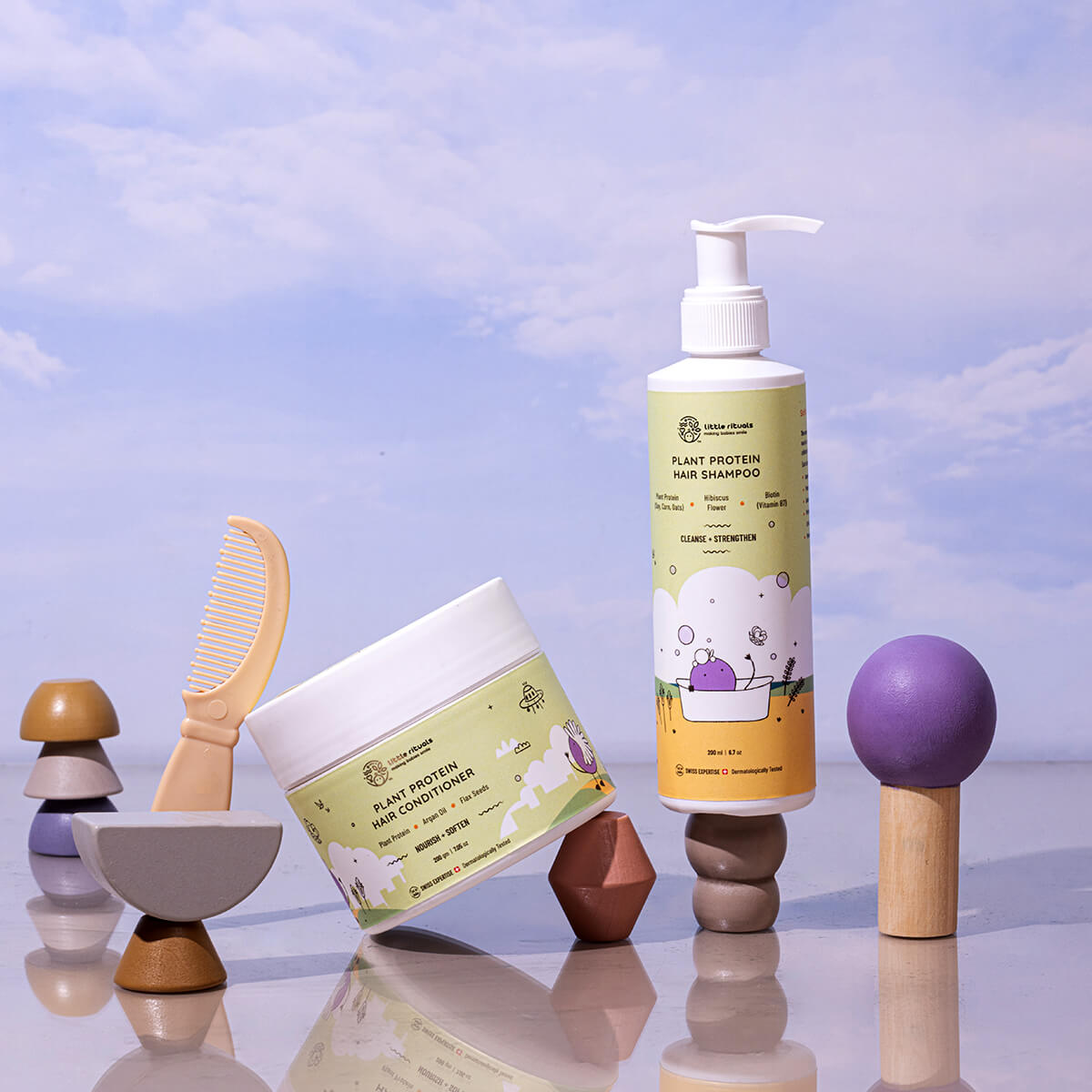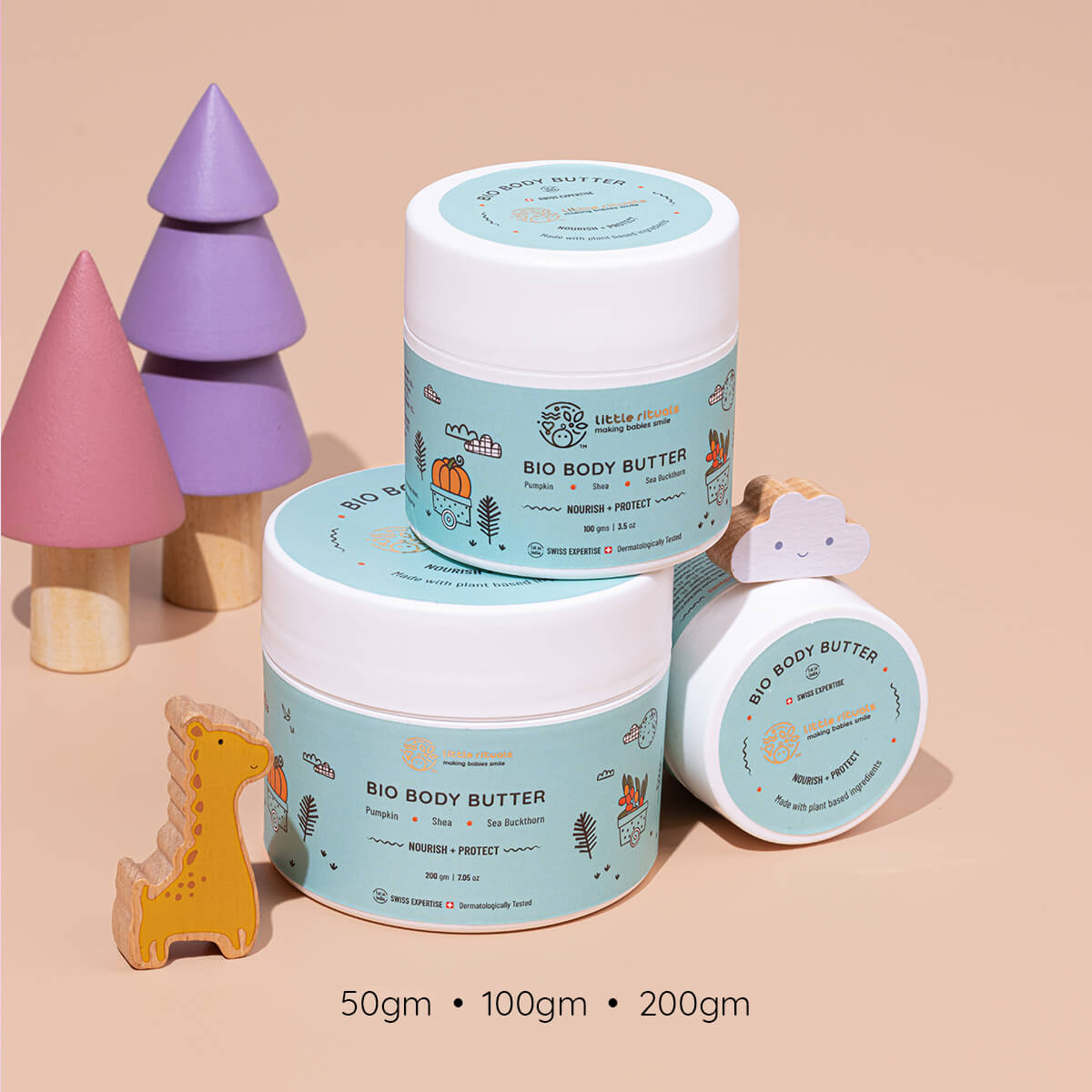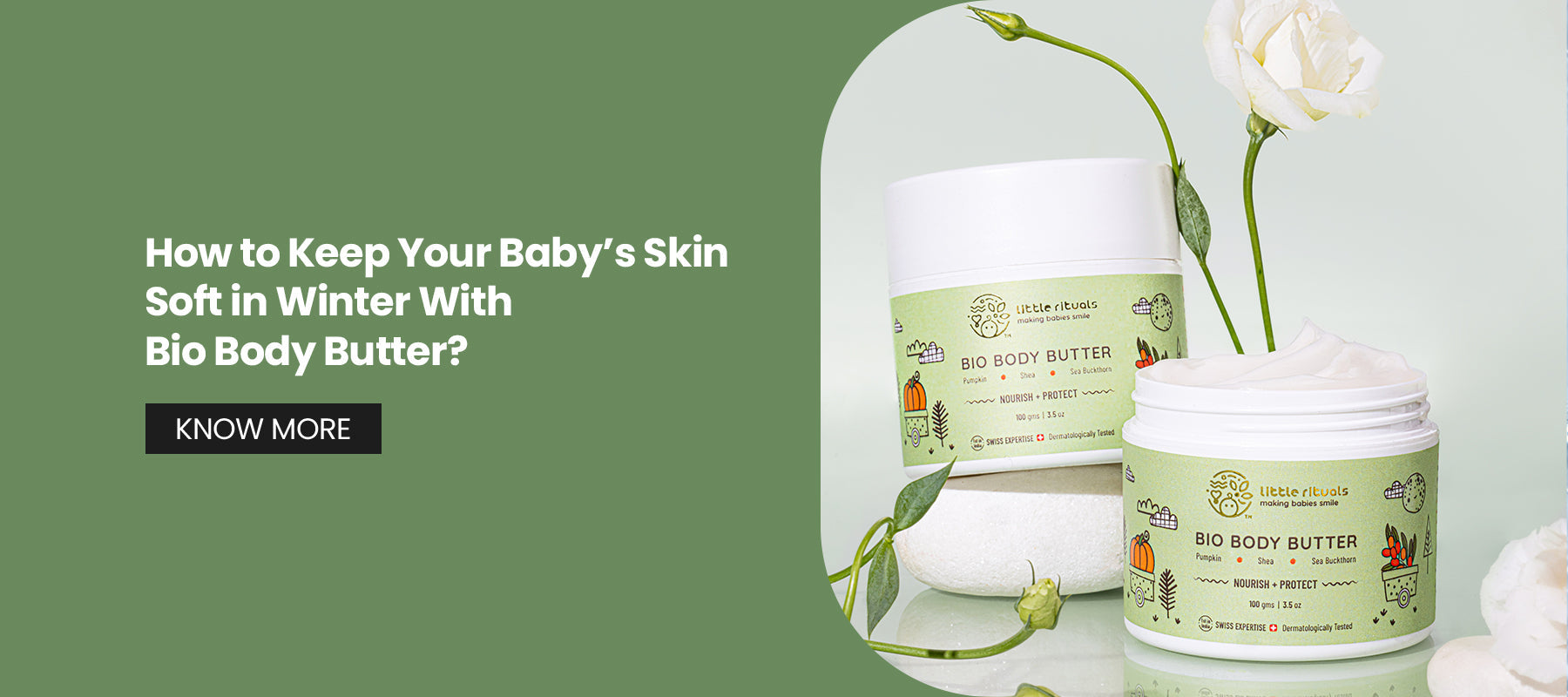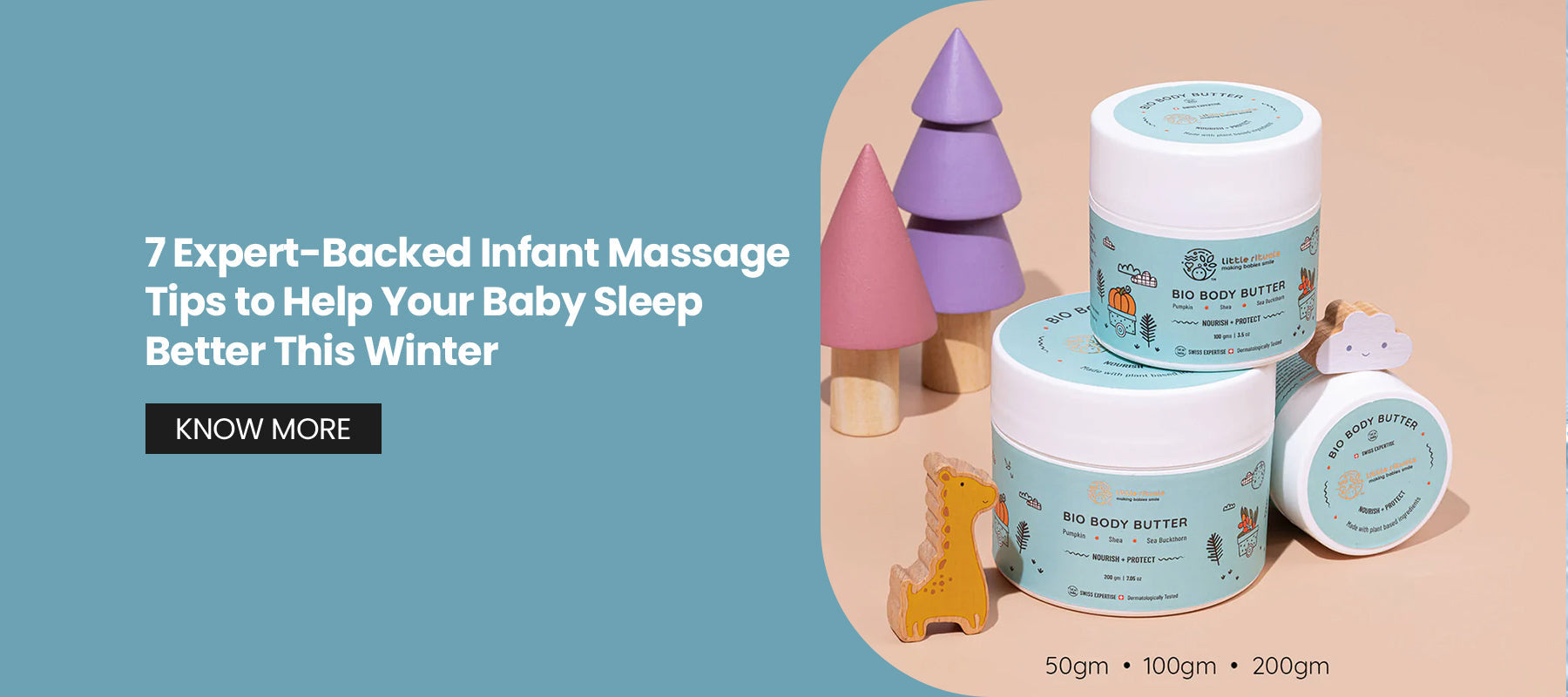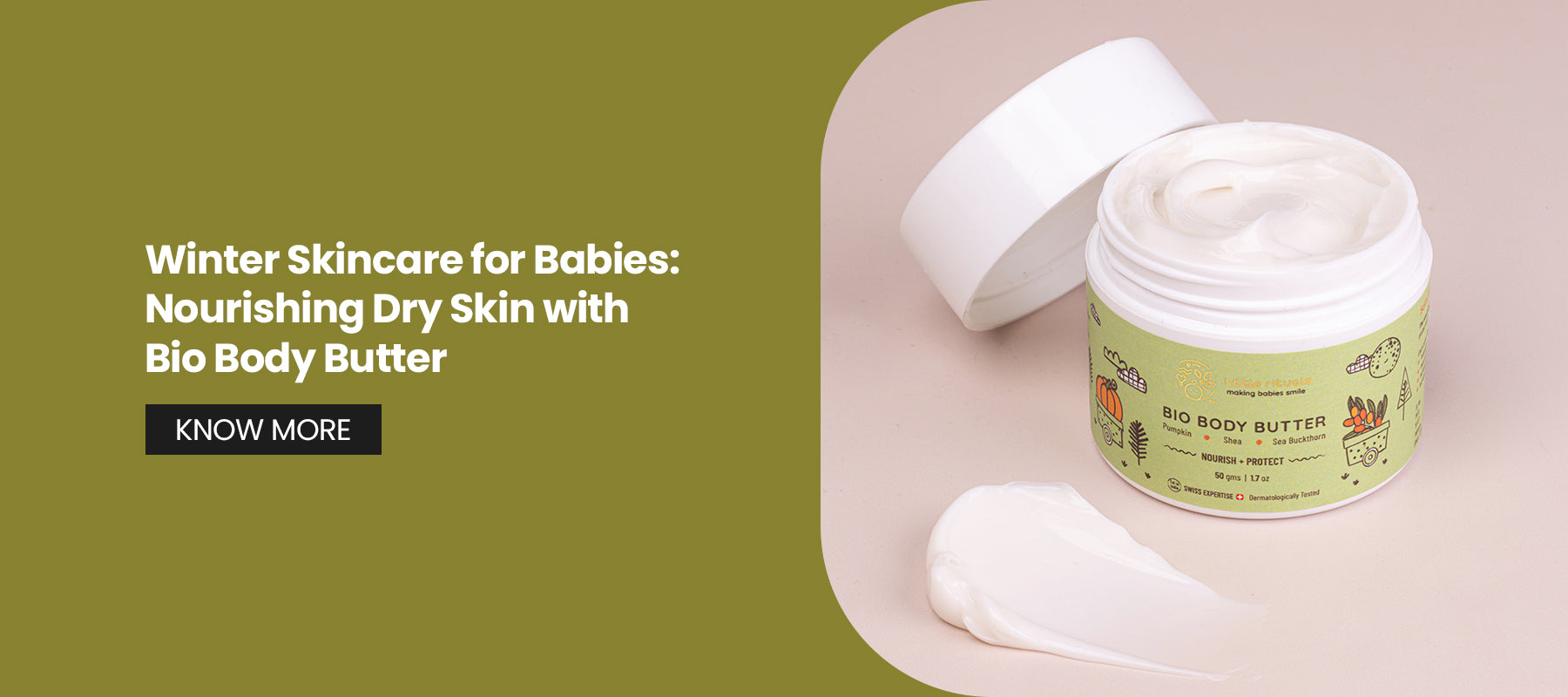
Baby Growth Spurts 101: Everything Parents Should Know
Becoming a parent is a journey filled with joy, wonder, and countless questions. One of the intriguing aspects of early parenthood is observing your baby grow and develop. Among the various phases of growth, baby growth spurts are particularly fascinating. In this blog, we will explore everything parents need to know about growth spurts in babies, including the growth chart of baby, baby growth spurts signs, and toddler growth spurts.
What Are Baby Growth Spurts?
Baby growth spurts are the moments when the baby is seen growing at a highly accelerated rate during a relatively very short period. During such a time, the baby might often seem hungrier, fussier, and drowsier compared to other instances. A growth spurt is basically part and parcel of any baby's developing process and promotes the overall progress of the infant.

When Can Baby Growth Spurts be Identified?
Baby growth spurts often take place at particular times in a child's first year. The most common growth spurt in babies occurs during the following periods of time:
- 1 to 3 Weeks: The first baby growth spurt often occurs about two weeks after delivery.
- 6 to 8 Weeks: A second baby growth spurt often takes place around 6 to 8 weeks.
- 3 Months: Most babies will have a tremendous growth spurt around three months.
- 6 Months: Most babies will have another growth spurt around 6 months because they start eating solid foods.
- 9 Months: Most babies will then have another major growth spurt around 9 months.
These are general times for growth spurts, though every baby differs.
Baby Growth Spurt Signs
A growth spurt in babies will necessitate a different kind of attention and care to be given by parents to their little ones. The most palpable indicators are as follows:
- Hunger: One of the most visible baby growth spurt signs is that your baby becomes hungrier. He wants to nurse or take a bottle at more frequent intervals.
- Sleeping Pattern Changes: Babies sleep either more or less during their growth spurts. Some babies take a little longer, while others wake up several times during the night.
- Fussiness and Irritation: Babies get fussy and sometimes irritable due to what is going on in their bodies and how fast it changes.
- Clinginess: In some instances, babies tend to crave a lot of holding and comfort during their growth spurts.
- Physical Changes: The baby's clothes fit nearer to the body, indicating that he has had a growth spurt from the physical sense.

Understanding the Baby Growth Chart
The growth chart of baby is a helpful tool to track how your baby has grown over time. Growth charts are very imperative for monitoring your baby's weight, length, and head circumference for pediatricians. These growth charts display how your baby develops in comparison with standard growth percentiles.
Must Read: Teething Timeline: When to Expect Your Baby's First Tooth
Support Your Baby in Growth Spurt
You need to support your baby when growing up, knowing what they need to help them get the right care. Here are a few tips to guide you through this phase:
- Feed on Demand: During a growth spurt, your baby may require feedings to be more frequent. If you are breastfeeding or formula-feeding, be prepared to feed your baby on demand.
- Comfort and Cuddle: Provide your baby with extra comfort and cuddles to calm your baby during this period. The physical closeness appears to make your crying baby relax.
- Observe Sleep Pattern: Check if there is any change in the sleep pattern and adjust the routine of the baby. Give additional naps when needed.
- Calm Down: Growth spurts are hard, but they are only temporary. Be patient and remember that this will pass.
Growth Spurts in Toddlers
Toddlers' growth spurts are a continuation of the rapid growth of infancy but occur at a lower frequency. In toddlerhood, growth spurts tend to occur at ages 2 and 3. Similar to baby growth spurts, toddler growth spurts exhibit increased hunger, changes in sleep patterns, and occasional fussiness.

Nutrition During Growth Spurts
Proper nutrition is key during spurt growth as it helps develop your baby faster. Here are some tips for ensuring your baby gets the necessary nutrients:
-
If you are nursing, continue on demand. That is the way to give them the perfect balanced nutrition.
-
For formula feeding, ensure that the baby is taking the right amount of formula at the right time according to the age and weight.
-
Gradually introduce solid foods that are rich in nutrients, including iron, calcium, and vitamins, as the baby ages.
Conclusion
Understanding baby growth spurt signs is crucial for parents to provide the right support and care for their growing little ones. You will perfectly know when you need to pamper them even more at times when they enter a phase where they seem to grow so fast. Remember, such growth spurts are all portions of growth; they tell you that your baby is developing and generally is okay.
Little Rituals premium skincare products like Barrier Boost Body Lotion work to keep the baby's skin healthy and nourished while undergoing these growth spurts. Gentle formulations from Little Rituals are perfect for your baby's delicate skin.
FAQs
When do baby growth spurts occur?
Baby growth spurts often happen around 1 to 3 weeks, 6 to 8 weeks, 3 months, 6 months, and 9 months.
What are common signs of a baby’s growth spurts?
The most common signals include increased appetite, changes in sleeping patterns, fussy children, clinginess, and physical differences.
How do I help a baby get over a growth spurt?
Feeding him as often, comfort, paying attention to the slumber patterns of the baby, as well as showing tolerance for periods of growth.
Do toddlers, too, get growth spurs?
Yes, toddler growth spurts typically occur around the ages of 2 and 3.
How can I ensure my baby gets the nutrients they need during growth spurts?
You can continue breastfeeding or formula-feeding on demand and introduce nutrient-rich solid foods as your baby grows older.
